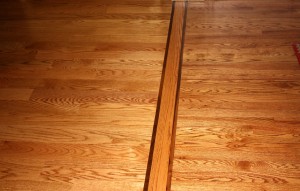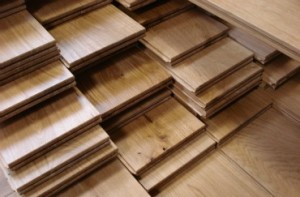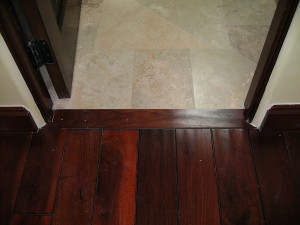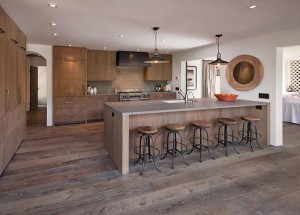We use cookies to make your experience better. To comply with the EU GDPR e-Privacy directive, we need to ask for your consent to set cookies. Learn more.
Matching an Existing Hardwood Floor with a New One
 Image courtesy by: dorothyadele.wordpress.com
Image courtesy by: dorothyadele.wordpress.com
Matching an existing hardwood floor with a new one can be quite a challenging task. Whether your old floor is partly damaged and you want to repair it, or you just want to add more hardwood on to the current wood floors as a part of your renovating project, there is a lot to consider. In any case, when trying to blend a new wood floor with the pre-existent, it is important to minimize the visual differences and create the impression that the surface was always like this.
To achieve a seamless appearance and hide the addition well, I ll share with you some useful thoughts and hints, that will help you choose the perfect match to the existing hardwood floors.
Match the thickness of flooring boards:
 Image courtesy by: justwoodflooring.com
Image courtesy by: justwoodflooring.com
The first thing you need to take into consideration when matching an existing hardwood floor with a new one, is the thickness of flooring boards, or as it is otherwise known: the profile. Since hardwood flooring boards are available in different thicknesses, it is essential that you purchase planks that are of the same profile to the ones already exist. Why? To create a seamless look So before you visit a flooring dealer, take some time and measure the thickness of your existing wood floor.
If you have the same subfloor in both rooms, then you should buy slightly thicker boards. Once the new floor is installed you will be able to sand it down and reduce its thickness, in order to match it with the old floor. In case you choose to install pre-finished hardwood flooring, make sure that the planks match exactly the thickness of the flooring already installed as it cannot be sanded.
Install transition strips:
 Image courtesy by fornobravo.com
Image courtesy by fornobravo.com
Since not every type of hardwood flooring is suitable for all rooms, it is vital that you install transition strips, to ensure a smooth transition between the two floorings.
Transition strips or T-moldings are ideal for connecting different level flooring. Their purpose is to equalize the height differential and hide the "ugly" flooring seam. In other words, they bridge the divide between the new hardwood flooring and the old one and depending on their thickness difference, different transition strips should be installed.
Finish and refinish
Obviously it is unlikely that you will find an exact colour match between the new hardwood flooring and the existing one, even if their wood species are the same. The reason for that is that wood naturally changes colour over time, due to it's exposure to sunlight. To achieve a seamless appearance, you'll need to strip and stain both the existing and the new hardwood flooring at the same time. If for any reason stripping of the old floor is not possible, you can apply to the new flooring the same finish that the old one has and let it age naturally.
Seamless transition:
 Image courtesy by: onekindesign.com
Image courtesy by: onekindesign.com
Not always transition strips are useful for matching an existing hardwood floor with a new one. In case the opening between the two rooms is wider than a normal size doorway, the existing flooring will need to be altered, so the new flooring can flow continuously into the other room.
More specifically, to connect the two surfaces appropriately in such case, you'll have to cut out the seams between the existing flooring planks. Then remove the planks that stop at the opening between the two rooms and replace them with new longer floorboards that will continue on to the other room.

